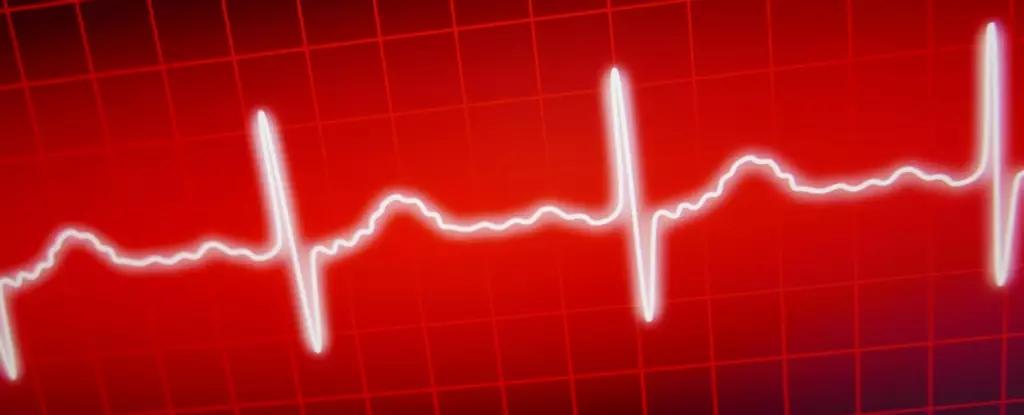In emergency medicine, the importance of prompt intervention during a cardiac arrest cannot be overstated. Studies underscore that utilizing a defibrillator effectively can make the difference between life and death. A recent investigation conducted by researchers at the Oregon Health and Science University (OHSU) has shed light on a critical element of defibrillator use: the placement of pads. This new research suggests that positioning one defibrillator pad on an individual’s chest and another on their back is significantly more effective than traditional methods, specifically in improving the chances of restoring spontaneous circulation.
The study, which examined 255 cardiac arrest incidents handled by the Tualatin Valley Fire & Rescue team between July 2019 and June 2023, reveals striking findings. Individuals receiving defibrillation with pads placed in the anterior-posterior (AP) position—one on the chest and one on the back—experienced a 2.64-fold increase in the likelihood of returning to spontaneous circulation when compared to those receiving the anterior-lateral (AL) positioning, where one pad is placed on the front and the other on the side. This revelation has spurred discussions and consideration for further research within the medical community about the efficacy of defibrillator pad placement.
While the AP method is not novel—having been employed for infants and occasionally for adults—this study provides compelling evidence calling for a closer examination of existing protocols, particularly those that predominantly utilize the AL method on adults. Historically, emergency medical professionals have favored the AL technique, as it tends to be more familiar to the general public and easier to deploy in high-stress situations. However, the question remains: should the standard procedures be reassessed in light of new evidence?
Emerging reports indicate a growing recognition of the AP technique’s effectiveness not only in the context of sudden cardiac arrest but also in addressing persistent atrial fibrillation, a common abnormal heart rhythm where the AP method consistently outperforms the AL approach. This suggests that AP pad placement might be beneficial in various cardiac situations, calling for a more nuanced consideration of how defibrillation is taught and employed.
The intriguing aspect of AP placement is how it maximizes the effectiveness of the electric shock delivered to the heart. The principle is straightforward: placing the pads in a manner that effectively sandwiches the heart allows the energy from the defibrillator to travel directly through it, enhancing the chances of a successful restart. Mohamud Daya, a professor of emergency medicine at OHSU, emphasizes the importance of directing energy between the two pads through the heart, a mechanism that the AP configuration seemingly facilitates more proficiently.
Despite the promising results of the study, it is crucial to approach these findings with caution. This was an observational study, lacking the rigor of controlled clinical trials, which introduces potential confounding variables that could impact recovery outcomes. Additionally, while the AP positioning showed a clear advantage in restoring heart function, its benefits did not extend to the overall survival rates of patients, as there was no significant difference in the number of individuals discharged from the hospital.
Moreover, the practicality of applying AP positioning in real-life emergencies remains a concern. The AL configuration may be preferred in chaotic scenarios due to its perceived ease of application. Therefore, while the study provokes rethinking existing practices, it also raises questions about how to ensure that emergency responders are adequately trained and prepared to implement this alternative method.
The statistics surrounding out-of-hospital cardiac arrests are sobering, with approximately only 10% of individuals surviving these events. Consequently, any potential improvement in survival rates that can be attributed to pad placement deserves scrutiny. As we advance our understanding of cardiac emergencies and the techniques used to address them, the necessity for comprehensive training and awareness cannot be overstated. The life-saving capabilities of a defibrillator can hinge as much on appropriate pad placement as they do on the speed and efficiency of medical response teams—the ultimate goal being to minimize time spent in cardiac arrest and enhance each patient’s chances of survival. As Joshua Lupton states, “The less time that you’re in cardiac arrest, the better.” Thus, albeit challenging, ongoing research and education are paramount to transforming these insights into practical life-saving actions.


Leave a Reply